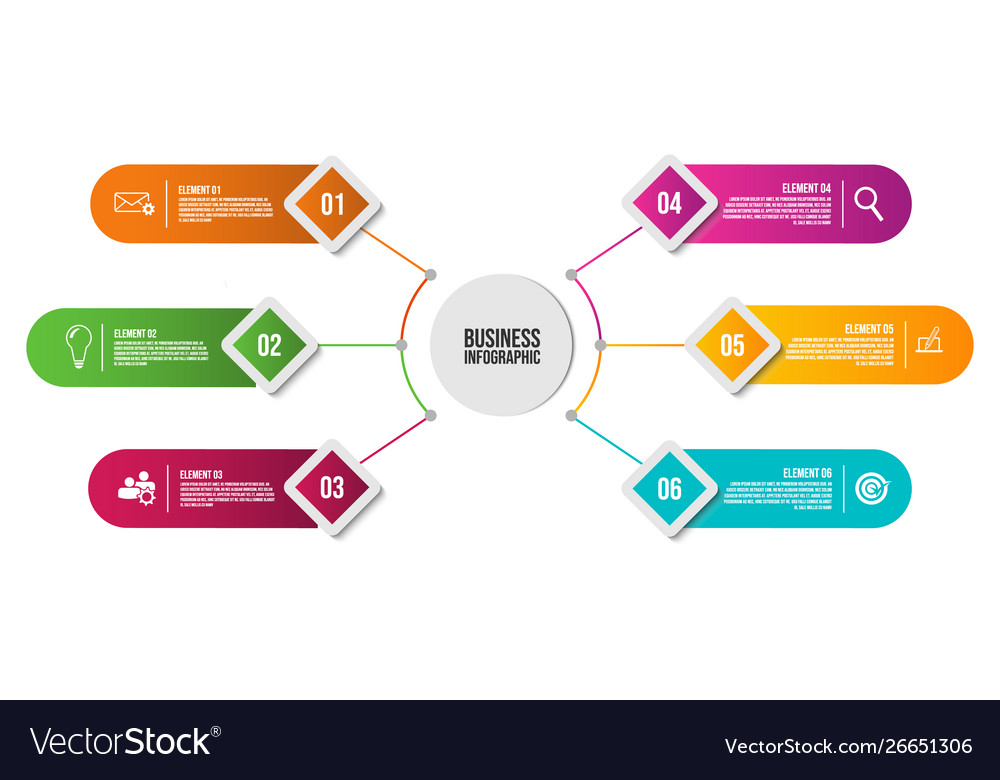
Infographics, a powerful tool for data visualization, command attention through engaging visuals and concise messaging. To maximize their effectiveness, seven key strategies must be expertly employed:
- Engaging data
- Solid research
- Compelling visuals
- Concise messages
- Clear hierarchy
- Unique typography
- Creative illustrations
This article delves into these elements, providing innovative insights for creating impactful infographics.
For those eager to transform complex information into visually appealing, easily digestible content, this guide offers essential direction.
Harnessing the Power of Engaging Data in Infographics
In this section, we will delve into how one can harness the power of engaging data to enhance the effectiveness of infographics.
When crafted with precision, data interpretation takes center stage, transforming simple facts into compelling narratives. By intelligently interpreting data, we can create infographics that not only inform but also engage and inspire action through their interactivity.
This data-driven approach, when combined with visually creative elements, can lead to the production of infographics that are not just aesthetically pleasing but also deeply insightful.
Infographic interactivity, fueled by engaging data, can provide a platform that stimulates innovation, fostering an environment where ideas can be freely explored and understood.
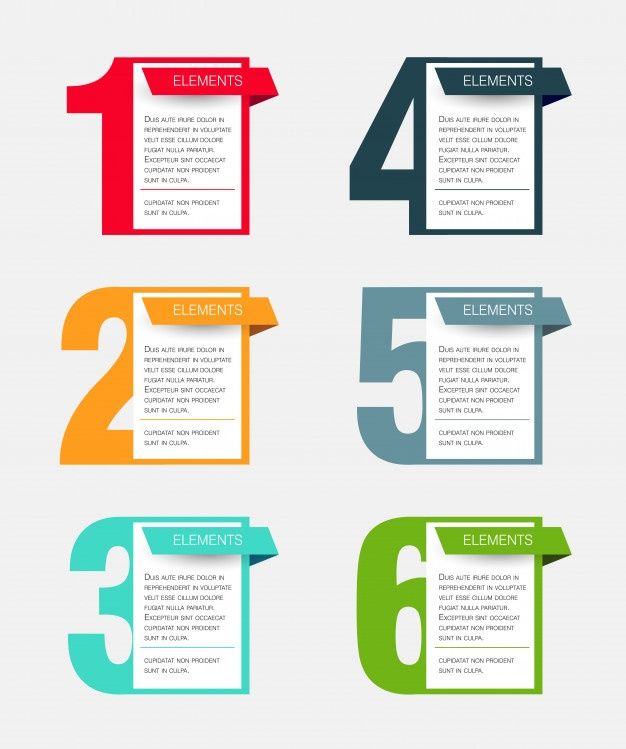
This is the power of engaging data in infographics.
Importance of Solid Research in Infographic Content Creation
The integrity of infographic content leans heavily on the robustness of the research undertaken. The accuracy and reliability of data, sourced meticulously, are pivotal to the success of the infographic, as they provide the foundation upon which engaging visuals and concise narratives are built.
An infallible research process, therefore, is not just crucial, but indispensable to crafting a compelling infographic that resonates with the audience while retaining its factual correctness.
Research Accuracy Matters
While crafting infographic content, it is crucial to understand that the accuracy of research plays a significant role, as it forms the backbone of your data narrative and greatly influences the reliability of your content.
Ensuring the precision of data interpretation is fundamental to avoid misleading visuals and to enhance the trustworthiness of your content. A single error in data can drastically distort the intended message, thereby affecting the impact and effectiveness of the infographic.
Infographics, being visually potent tools, can inadvertently magnify any inaccuracies, misleading the viewers and hampering the credibility of the content.
Therefore, investing time and resources in solid research and accurate data interpretation is not just a need but a prerequisite for creating compelling and reliable infographic content.
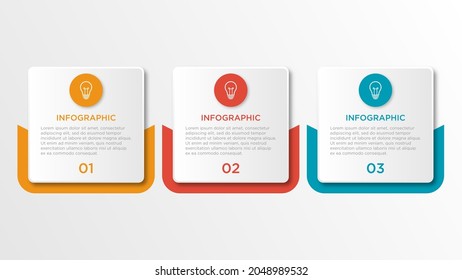
Both meticulous data collection and careful selection of sources are paramount to crafting infographic content that is not only compelling but also reliable and trustworthy. The process hinges on two key principles: Information Ethics and Data Credibility.
Information Ethics
Honoring intellectual property rights
Respecting privacy and confidentiality
Data Credibility
Selecting reputable sources
Ensuring data accuracy and relevance
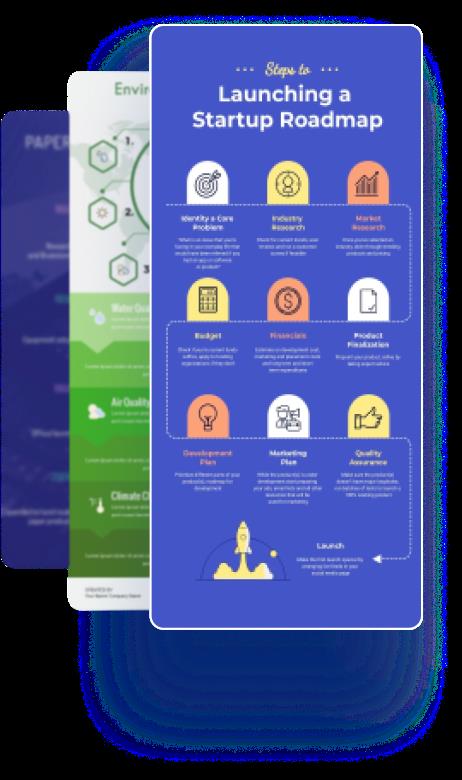
These principles guide the sourcing of reliable information, a critical aspect in creating effective infographic content. They promote transparency and foster trust, enhancing the infographic's ability to engage and inform.
A data-driven, detail-oriented approach to sourcing information fosters innovation and elevates the overall visual narrative, making it a vital strategy in infographic content creation.
Building Infographics With Compelling Visuals
The effectiveness of infographics hinges significantly on the use of compelling visuals. The application of engaging graphics, which is an art in itself, is pivotal to capturing the viewer's attention and facilitating comprehension of complex data.
This phase of infographic creation requires a keen understanding of visual elements, their role in communication, and how they can be strategically used to create a powerful visual narrative.
Visual Elements Importance
Infographics' power to engage and inform largely rests on their effective use of compelling visuals. The strategic application of color psychology and icon utilization can significantly enhance the impact of your infographic.
Color Psychology: The deliberate use of color can evoke certain emotions and reactions from the viewer. For instance:
Red can indicate urgency or importance.
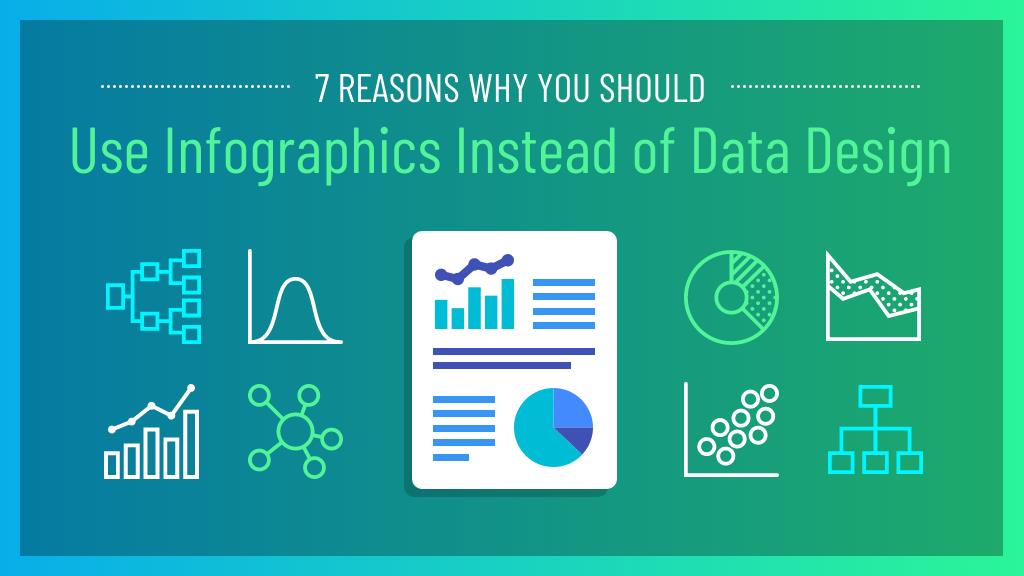
Blue can convey trust and dependability.
Icon Utilization: Icons are powerful visual tools that can simplify complex information. They can:
Replace lengthy text descriptions.
Serve as visual cues for important points or sections.
Innovation in the choice and application of these visual elements can create infographics that effectively communicate your message, engage your audience, and foster a deeper understanding of the subject matter.
Designing Engaging Graphics
Often, content creators struggle with producing engaging graphics, but understanding the principles of visual communication can significantly improve the design process.
When designing compelling visuals, considering color psychology is key. Different colors evoke different emotions, and leveraging this can create a stronger connection with your audience.
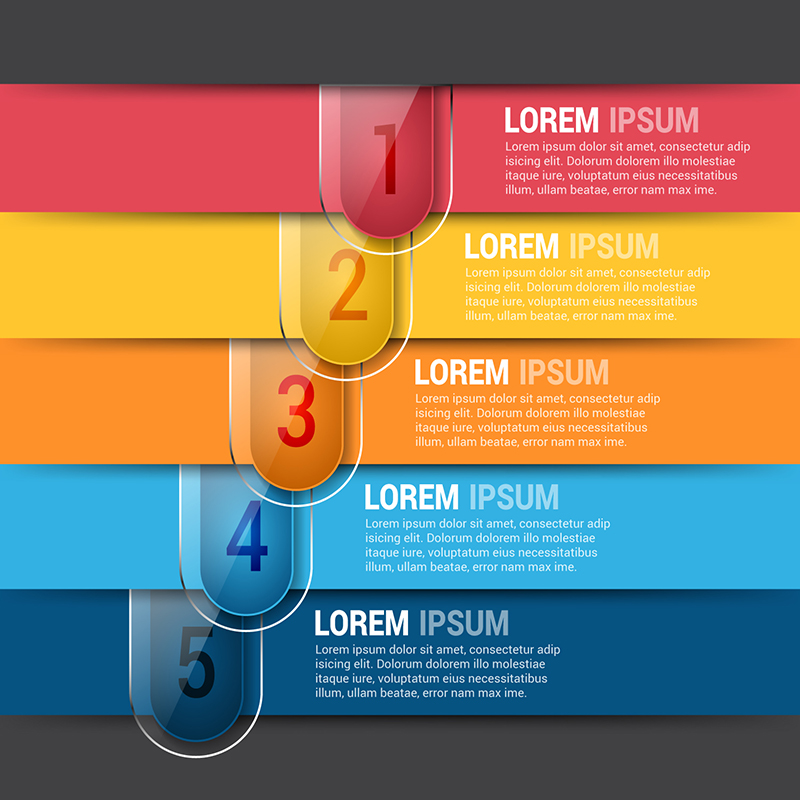
Understanding your audience's preferences, needs, and expectations (audience targeting) can inform your design choices, leading to graphics that resonate and engage.
Visuals should be data-driven, utilizing relevant and accurate data to tell a concise, compelling story.
Creativity in the form of unique typography or illustrations can further enhance engagement.
Ultimately, a clear hierarchy in your graphics aids in conveying your message in a streamlined, understandable manner.
This innovative approach delivers information effectively while captivating your audience.
Conveying Concise Messages Through Infographics
Understanding how to convey concise messages through infographics is a critical skill in achieving effective visual communication. Message Simplification and Target Audience Understanding play significant roles.
The primary purpose of an infographic is to simplify complex data into digestible information, and understanding your audience helps tailor your message effectively.
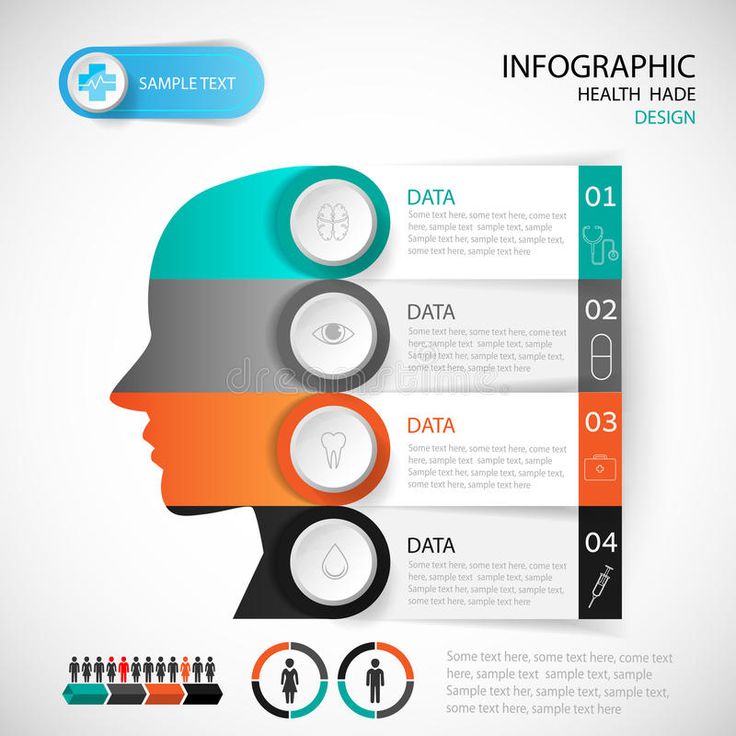
Message Simplification
Use clear, concise language
Avoid technical jargon unless it's crucial to the message
Target Audience Understanding
Identify who your audience is
Understand what they know and need to know
These strategies ensure that your infographic isn't just visually engaging but also carries a strong, clear message. This combination of aesthetics and substance results in an infographic that is not only visually pleasing but also informative and easy to understand.
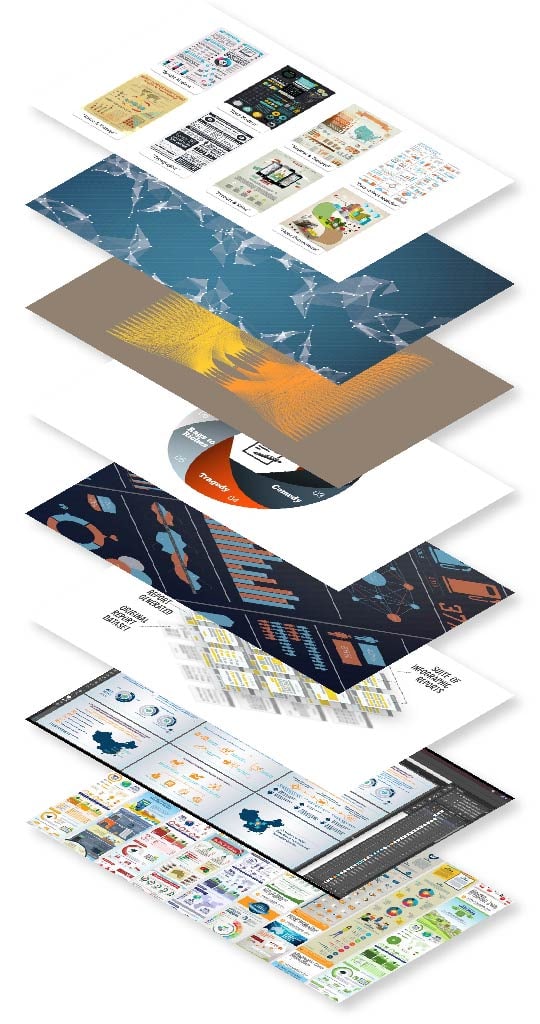
Establishing Clear Hierarchy in Infographic Design
While it is essential to have compelling visuals and concise messages in an infographic, it is equally crucial to establish a clear hierarchy in its design to guide the viewers' attention systematically through the content.
The application of hierarchy principles ensures that the most significant data points capture the eye first, followed by secondary and tertiary information, thereby enhancing the infographic's effectiveness.
Layout organization plays a vital role in this; it can be achieved by varying element sizes, using different colors, or employing distinctive typography.
A well-implemented hierarchy not only makes the infographic visually appealing but also ensures that the information is communicated seamlessly and intuitively.
In essence, a clear hierarchy aids in fostering an innovative, engaging, and data-driven visual narrative.
The Art of Using Unique Typography in Infographics
Although many often underestimate its significance, unique typography can serve as a powerful tool in infographics, enhancing visual appeal and boosting information comprehension. Achieving this requires an understanding of Typography Trends and Font Psychology.
Typography Trends:
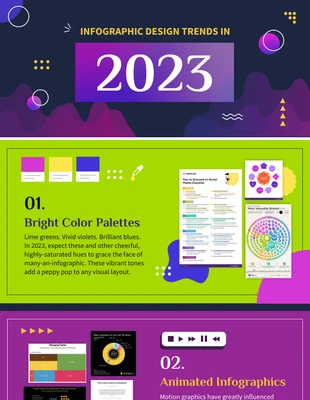
- Minimalism: Current trends lean towards clean, simple fonts that are easy to read.
- Bold Typography: Thick, heavy fonts are effective in grabbing attention and making a statement.
Font Psychology:
- Serif Fonts: Convey a sense of tradition, reliability, and respectability.
- Sans Serif Fonts: Project modernity, simplicity, and efficiency.
Thus, the strategic use of unique typography in infographics can not only enhance aesthetic appeal but also manipulate viewer perception and understanding, leading to more effective communication of data and ideas.
Enhancing Infographics With Creative Illustrations
Integrating creative illustrations into infographics not only increases their visual appeal but also significantly enhances their ability to convey complex information effectively. The right choice of illustration styles can stimulate audience appeal by providing a visually engaging representation of the data.
The power of creative illustrations lies in their ability to simplify and clarify intricate concepts, making the data more accessible and digestible for the audience. Vibrant colors, unique shapes, and innovative designs can make the infographic stand out, thereby capturing and holding the attention of viewers.
Furthermore, illustrations can serve to guide the viewer's eye through the infographic, providing a clear path to understanding the information presented. By leveraging the power of creative illustrations, infographics can become a much more effective tool for data visualization.
Frequently Asked Questions
What Are the Potential Challenges in Creating Infographic Content?
Creating infographic content can present challenges such as maintaining infographic budgeting, conducting a thorough target audience analysis, and balancing visual creativity with data-driven accuracy. It requires innovative thinking and attention to detail.
How Can I Measure the Success or Effectiveness of My Infographic?
The success of an infographic can be gauged using infographic analytics, which tracks views, shares, and engagement. Additionally, conversion rates provide a measure of its effectiveness in driving desired user actions.
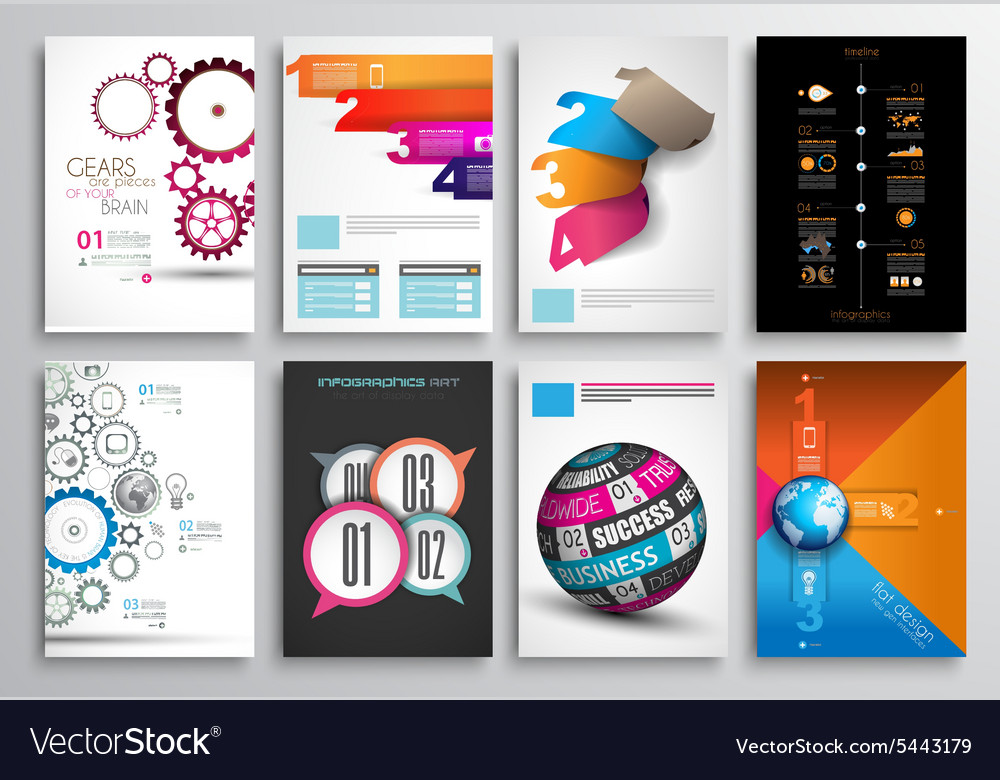
Absolutely, infographics exhibit remarkable adaptability for both digital and print media. Cross media optimization is vital, ensuring the design maintains its impact and readability, irrespective of the medium it's being viewed on.
How Can I Ensure That My Infographic Is Accessible to People With Visual Impairments?
To ensure your infographic is accessible to individuals with visual impairments, incorporate accessibility features like alt-text, large fonts, and high contrast colors. Utilize impairment solutions such as screen reader compatibility and tactile graphics.
Several software tools are recommended for infographic design, such as Canva, Piktochart, and Adobe Spark due to their affordability and user-friendly interfaces. These tools allow for innovative, detailed, and visually creative designs.
 Digital Art InstructionDIY Infographics DesignMobile Game ArtworkPersonalized Logo Design3D AnimationeBook Covers DesignPrivacy PolicyTerms And Conditions
Digital Art InstructionDIY Infographics DesignMobile Game ArtworkPersonalized Logo Design3D AnimationeBook Covers DesignPrivacy PolicyTerms And Conditions
